Mission
To generate and conduct externally funded research in science and engineering in support of the University's overall educational mission.
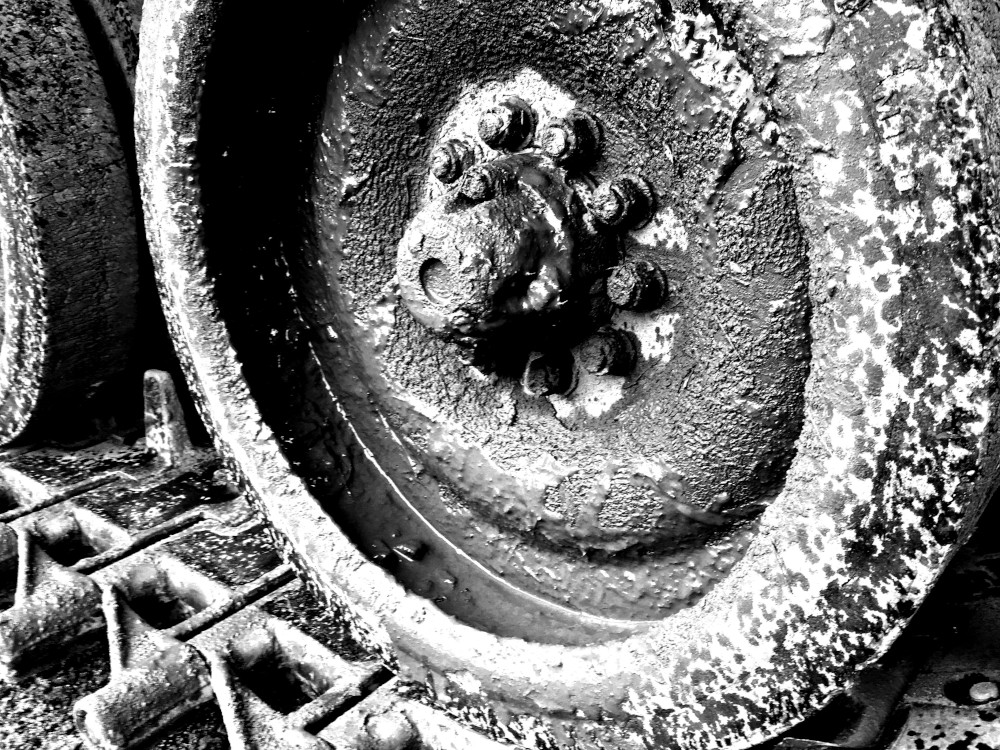
To generate and conduct externally funded research in science and engineering in support of the University's overall educational mission.
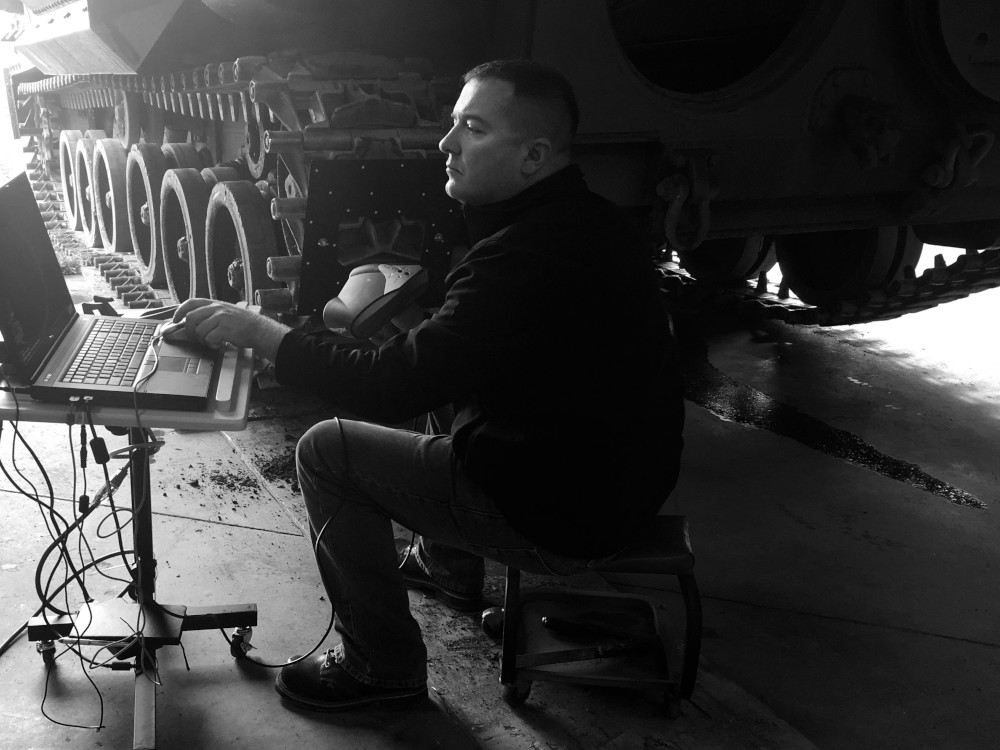
The Keweenaw Research Center (KRC) is a multidisciplinary research agency of Michigan Technological University that is active across a broad spectrum of vehicle development. Originally established by the US Army for deep snow mobility testing, KRC has been involved in military, industrial, and commercial vehicle applications for over 60 years.
KRC maintains more than 900 acres of proving grounds specifically developed for the evaluation of ground vehicle systems. Along with this facility, the KRC possesses the infrastructure and personnel to properly care for and evaluate vehicles and vehicular components.
As part of the University, the KRC is a not-for-profit academic entity with an educational mission. Staffed by full time personnel, the KRC draws upon the expertise and resources within the University community to provide diverse research and educational opportunities.
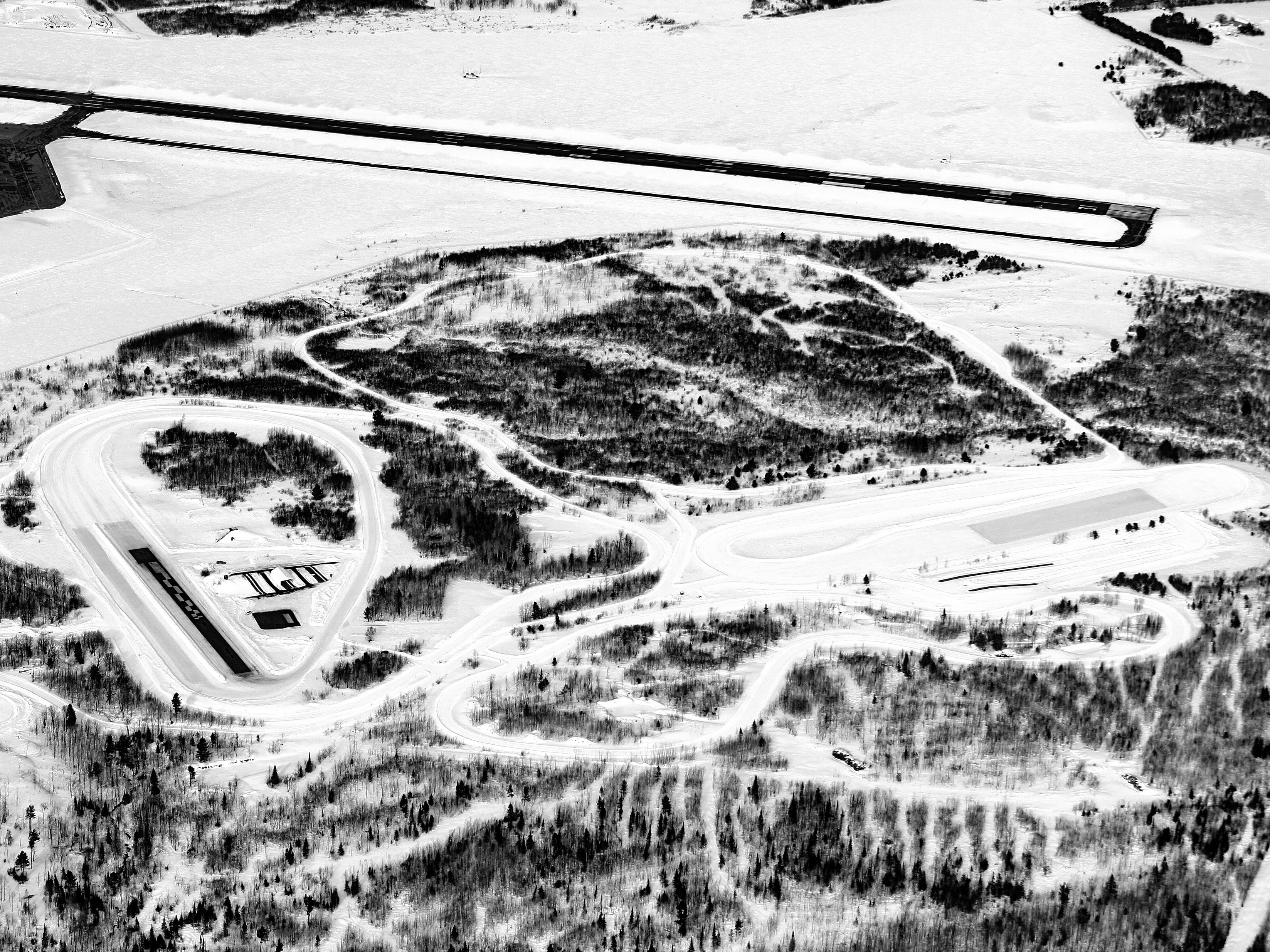
The KRC has an established track record of competence and maintains a broad physical infrastructure to support current and future Army ground vehicle technological development. Few institutions in the United States have the composite experience and expertise encompassing the conceptualization, design, simulation, prototype fabrication and evaluation of both track and wheeled vehicles, subsystems and components.
The KRC has on-site manufacturing facilities for prototypes and samples, with access to more specialized manufacturing through several local vendors, as well as all the resources available to MTU. Students working under engineers practice industry standards by using CAD software to create models to be prototyped on site.
Learn more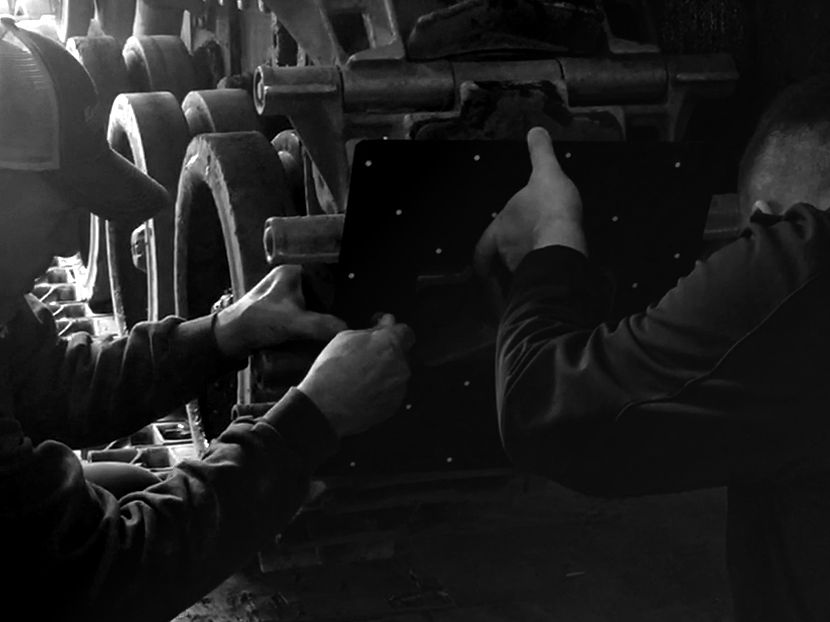
Along with the substantial facilities, MTU/KRC possesses the laboratories, support vehicles, shops, vehicle maintenance bays, specialized tools, manuals, procedures, and support personnel necessary to properly provide test services for the evaluation of vehicles and vehicular components. Almost any component can be tested and evaluated using experimental procedures, custom setups and ASTM standards.
The facilities at KRC enable testing to be done in almost any environment with any load condition. The Keweenaw Research Center is able to provide a broad range of laboratory testing and evaluation, modeling conditions from Afghanistan to Siberia.
Learn more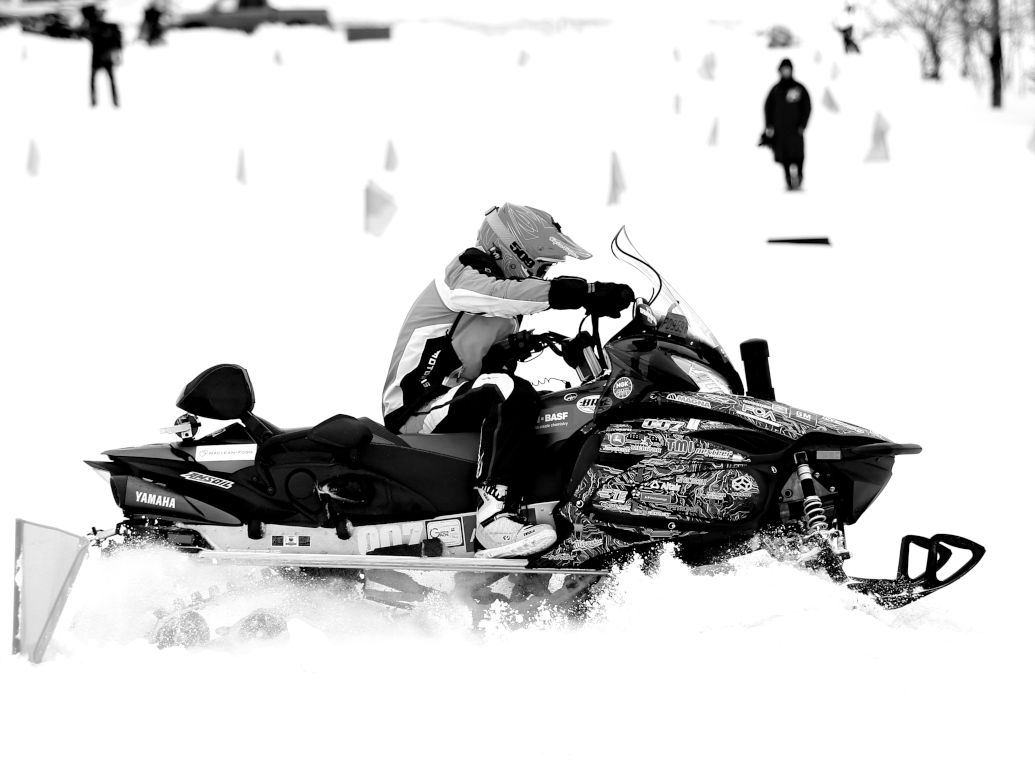
Located in Michigan's Keweenaw Peninsula, one of the snowiest regions in the continental United States, coupled with a large array of equipment and facilities, makes the KRC’s Institute for Snow Research the right place to bring your research questions. Our facilities are suitable for testing stability control maneuvers of cars, light trucks and semi-tractor trailer systems.
Russ Alger is the Chief Scientist for the Institute for Snow Research. He has been involved in winter related research for over [UPDATED NUMBER] years. He has been involved in numerous research projects involving all aspects of snow and winter related problems, conducting an array of tests involving the control of snow, ice, and frost on pavements using chemicals and varied application scenarios.
Whether it involves winter maintenance of roads and runways, anti-icing and deicing, mobility in snow with vehicles ranging from army tanks to snowmobiles, or the development of pavements made entirely from snow, the KRC is ready to tackle the problem.
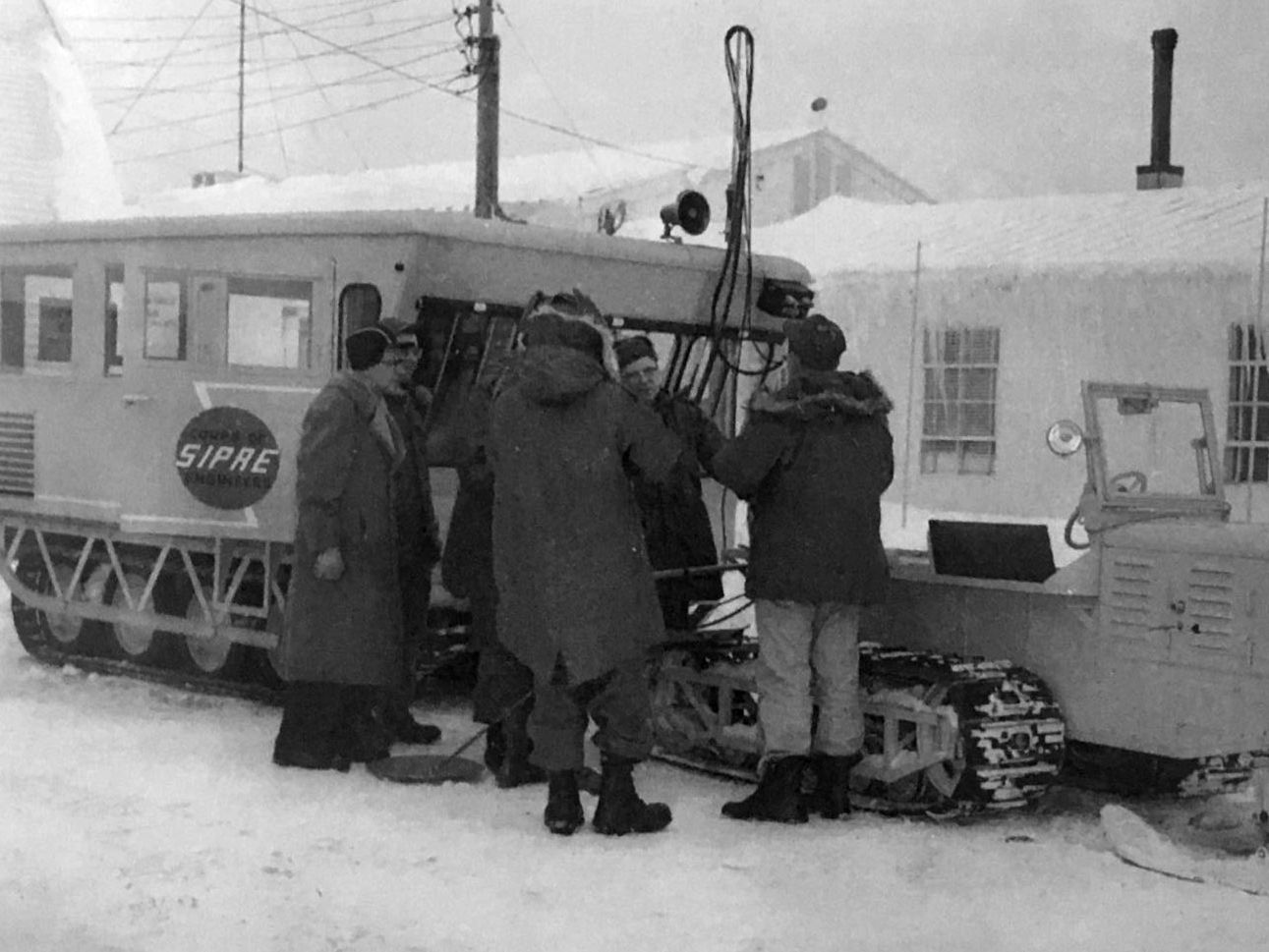
Starting out as a field station for the Snow, Ice, and Permafrost Research Establishment (SIPRE,) the Keweenaw was chosen by the Army Corps of Engineers due to the high amount of dry, lake-effect snow as well as proximity to shipping lanes and the nearby airport. When SIPRE was closed to become a part of the U.S. Army Cold Regions Research and Engineering Laboratory (CRREL,) residents and alumni like Ed Jakovich pushed to have the station taken over by the U.S. Army Tank Automotive Center (ATAC.) Due to the rugged and widely varied terrain of the Keweenaw, the Keweenaw Field Station excelled at testing tank treads, something the KRC still does today.
The ATAC asked Michigan Tech to maintain the facility. Renamed the Keweenaw Research Center, differences in work environment put strain on the relationship between KRC employees and Tech researchers due professor’s responsibilities to their students. In order to fulfill their obligations to the ATAC, the KRC adopted their current method of hiring full time researchers for long-term projects.
It wasn’t until the 1980s, long after ATAC had become TACOM, the KRC was given its first major research project: designing a new track for the XT166. After wards, increasingly larger projects started to flow into the facility from large clients such as Michelin, GM, and Chrysler. Michelin officials were quoted saying the KRC had “the most impressive winter proving ground we’ve ever experienced.”
In 1985, the Institute for Snow Research (ISR) was founded to continue the KRC’s long history of cutting edge research. The Keweenaw gets around 20 feet of snow annually, which gave the ISR plenty of fresh snow for testing. In 1986, ISR employees travelled to Antarctica to build a permanent runway. Even as politics has changed and research moved towards testing in desert climates in the late 1908s, the KRC has found there is still money to be made in snow research.
In the early 1990s, TACOM reconsidered its need for a field station, and MTU wisely purchased the facility. The KRC is still MTU’s most profitable research wing, and entirely self funded.